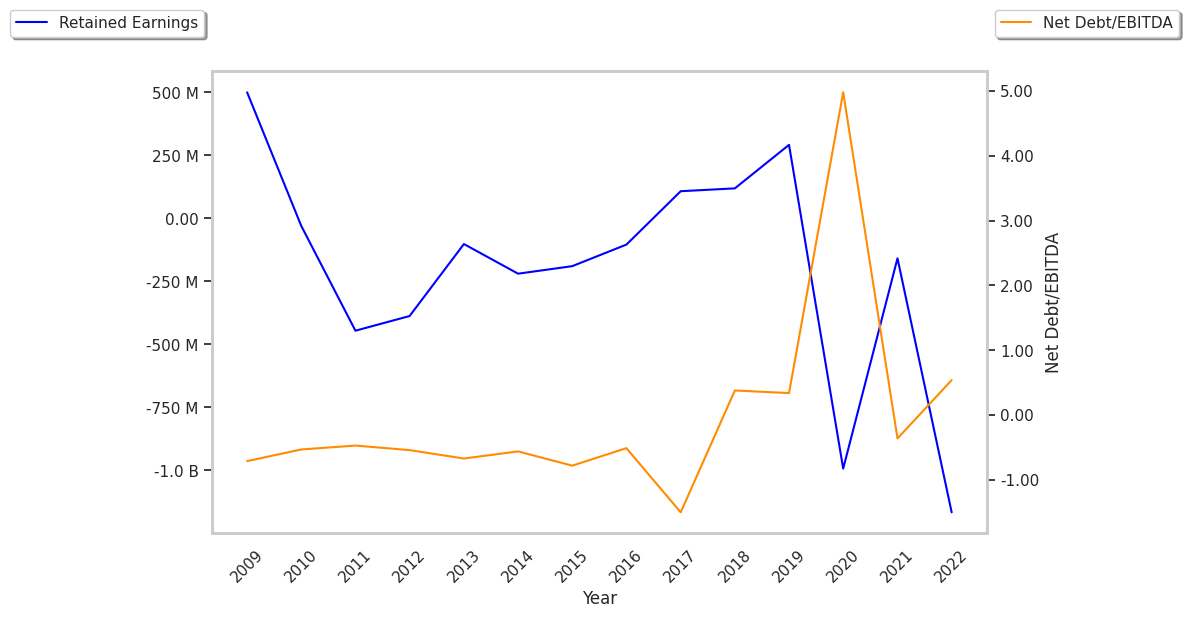Apparel Manufacturing company Tapestry is standing out today, surging to $90.2 and marking a 4.3% change. In comparison the S&P 500 moved only 1.0%.
TPR currently sits within range of its analyst target price of $89.08, which implies that its price may remain stable for the near future.
Surprisingly, analysts give the stock an average rating of buy, which shows that they believe prices could continue to move. Over the last year, Tapestry shares have outperformed the S&P 500 by 103.6%, with a price change of 115.4%.
Tapestry, Inc. provides luxury accessories and branded lifestyle products in North America, Greater China, rest of Asia, and internationally. The company is a consumer cyclical company, whose sales figures depend on discretionary income levels in its consumer base. For this reason, consumer cyclical companies have better sales and stock performance during periods of economic growth, when consumers have more of an incentive to spend their money on non-essential items.
Tapestry's trailing 12 month P/E ratio is 23.7, based on its trailing EPS of $3.8. The company has a forward P/E ratio of 16.7 according to its forward EPS of $4.76 -- which is an estimate of what its earnings will look like in the next quarter.
The P/E ratio is the company's share price divided by its earnings per share. In other words, it represents how much investors are willing to spend for each dollar of the company's earnings (revenues minus the cost of goods sold, taxes, and overhead). As of the third quarter of 2024, the consumer discretionary sector has an average P/E ratio of 20.93, and the average for the S&P 500 is 29.3.
To better understand the strength of Tapestry's business, we can analyse its operating margins, which are its revenues minus its operating costs. Consistently strong margins backed by a positive trend can signal that a company is on track to deliver returns for its shareholders. Here's the operating margin statistics for the last four years:
| Date Reported | Total Revenue ($ k) | Operating Expenses ($ k) | Operating Margins (%) | YoY Growth (%) |
|---|---|---|---|---|
| 2024 | 6,671,200 | 3,749,400 | 17 | -5.56 |
| 2023 | 6,660,900 | 3,542,500 | 18 | 0.0 |
| 2022 | 6,684,500 | 3,474,600 | 18 | 5.88 |
| 2021 | 5,746,300 | 3,113,900 | 17 | 254.55 |
| 2020 | 4,961,400 | 3,312,400 | -11 | -178.57 |
| 2019 | 6,027,100 | 3,234,000 | 14 |
- Average operating margins: 12.2 %
- Average operating margins growth rate: 4.0 %
- Coefficient of variability (lower numbers indicate less volatility): 1270.55 %
Another key to assessing a company's health is to look at its free cash flow, which is calculated on the basis of its total cash flow from operating activities minus its capital expenditures. Capital expenditures are the costs of maintaining fixed assets such as land, buildings, and equipment. From Tapestry's last four annual reports, we are able to obtain the following rundown of its free cash flow:
| Date Reported | Cash Flow from Operations ($ k) | Capital expenditures ($ k) | Free Cash Flow ($ k) | YoY Growth (%) |
|---|---|---|---|---|
| 2024 | 1,255,600 | 108,900 | 1,146,700 | 44.97 |
| 2023 | 975,200 | 184,200 | 791,000 | 4.17 |
| 2022 | 853,200 | 93,900 | 759,300 | -37.13 |
| 2021 | 1,323,700 | 116,000 | 1,207,700 | 499.06 |
| 2020 | 407,000 | 205,400 | 201,600 | -61.1 |
| 2019 | 792,400 | 274,200 | 518,200 |
- Average free cash flow: $770.75 Million
- Average free cash flown growth rate: 17.2 %
- Coefficient of variability (the lower the better): 0.0 %
With its positive cash flow, the company can not only re-invest in its business, it can offer regular returns to its equity investors in the form of dividends. Over the last 12 months, investors in TPR have received an annualized dividend yield of 1.6% on their capital.
Another valuation metric for analyzing a stock is its Price to Book (P/B) Ratio, which consists in its share price divided by its book value per share. The book value refers to the present liquidation value of the company, as if it sold all of its assets and paid off all debts.
Tapestry's P/B ratio indicates that the market value of the company exceeds its book value by a factor of 12, so the company's assets may be overvalued compared to the average P/B ratio of the Consumer Discretionary sector, which stands at 2.93 as of the third quarter of 2024.
Tapestry is by most measures undervalued because it has an average P/E ratio, a higher than Average P/B Ratio, and generally positive cash flows with an upwards trend. The stock has mixed growth prospects because it has a an inflated PEG ratio and strong operating margins with a stable trend. We hope you enjoyed this overview of TPR's fundamentals.



